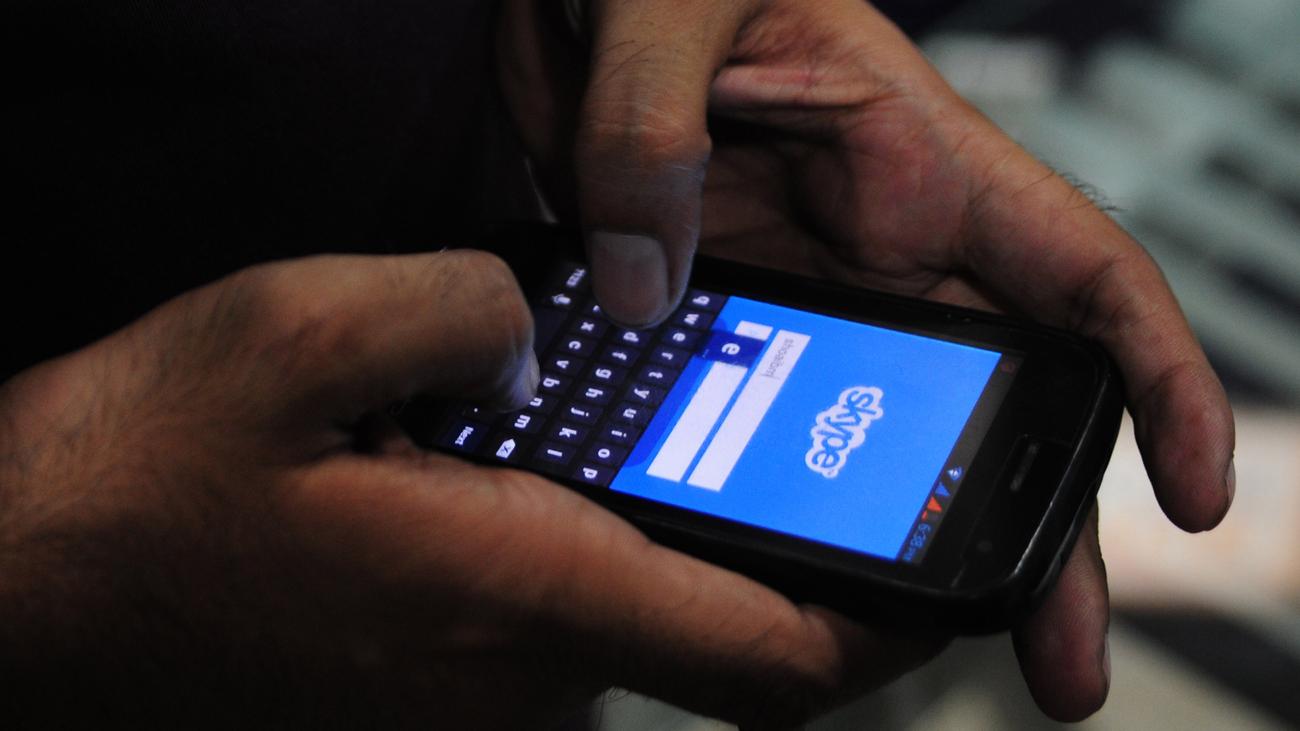Why Brands Should Be Thinking Mobile First
Monica Bloom, VP, global integrated marketing, Getty Images, on why the mobile medium is so important in marketing.
Last Week at Advertising Week Europe (AWE) I joined the panel Getting Creative in Mobile. The session explored the opportunities in mobile for brands to create engaging content for the small screen.
On the panel, Fetch’s COO Greg Grimmer claimed that today brands have a tendency to save mobile for the last 10 per cent of their budget - but with Ofcom’s latest Communications Market Report showing that mobiles have now overtaken laptops as the primary digital device in the UK, this needs to change. Mobile needs to be taken seriously as part of the marketing mix.

While it is cheaper for brands to simply repurpose content from other media with little consideration for how it looks visually, they run the very real risk of turning people away. Instead, creatives need to be thinking of mobile first and developing better content that resonates. But how can marketers ensure this happens?
We know that the average person checks their mobile 70 times a day. Given people are dipping in and out of their mobiles, the ability to convey messages quickly is imperative. Science shows that the brain processes images 60,000 times faster than text and studies have proven that consumer engagement increases by 94 per cent when viewing visuals. Imagery can be the universal language that cracks the mobile advertising code.

With mobiles becoming highly sophisticated, with high-resolution screens and advanced cameras putting imagery even more at the centre of their core functionality, communicating with imagery is second-hand nature for all users. The brand opportunity is to reflect that organic behaviour in order to communicate most effectively. People want to be immersed in a new world and connect emotionally. How can brands deliver on that? At Getty Images, we have identified some trends that deliver.

We have all become used to seeing the world through other people’s eyes. Everyone with a smartphone shoots what they are seeing in the moment. Users of GoPro allow you to experience their extreme adventures with them. Mobile creativity can also utilise this first person point of view. Brands looking to use the mobile platform tend to see greatest engagement when they demonstrate this authenticity and immersiveness into the subject.

Achieving this can be done in a number of ways: use images taken with that human, amateur aesthetic – a handheld feeling of a first person point of view; or giving it a ‘fleeting moment’ feel with a trend we call ‘glitch’ that uses deliberate mistakes, such as lens flare; or quite simply capture that gritty, visceral close up. Some brands are using this to great effect already. The British Airways’ campaign to encourage European tourism is a great example of getting the viewer into the heart of the action by using this first person point of view.
With higher resolution and larger screens, we, as users, want to be wowed. At Getty Images, we have also identified a trend for super sensory images. Users want to feel like they can reach through the screen to taste, touch, smell, experience the image. The emergence of the food-selfie is a demonstration of this from the mobile user perspective.

Brands can use colour and texture to deliver this sensory experience – such as Yahoo’s weather app. Yahoo designed its app with the end user in mind. Not only did it integrate beautiful and detailed photographs of the location being searched for, the image changes as the weather changes - depicting the forecast by both temperature and visual. The imagery is hugely evocative, even detailing the appearance of rain drops on the user’s screen.

As mobile continues to evolve, so must we think about how new technologies can improve and accentuate the human experience. Technologies like 360-degree video and artificial intelligence are changing the way we interact with the platform and consume branded content.
However, this technology is more than just a new tool or function, it is also opportunity to truly deliver on an immersive experience and connect with consumers in new ways. Getty Images has already started exploring the potential of such technologies by partnering with Skype to launch a ‘chatbot’ which retrieves and shares relevant imagery from the Getty Images collection, and our 360 imagery partnership with Oculus Rift gives people a way to experience events in new ways.
It is clear that brands need to start viewing mobile as not just a device, but a behaviour. It requires creative that reflects our mobile usage, with visuals right at the very heart of this. Brands need to be thinking ‘mobile first’ and focussing on using imagery that is compelling, relevant and immersive if they are to drive engagement through this powerful medium.

Connections
powered by
- VP, global integrated marketing Monica Bloom
Unlock this information and more with a Source membership.









